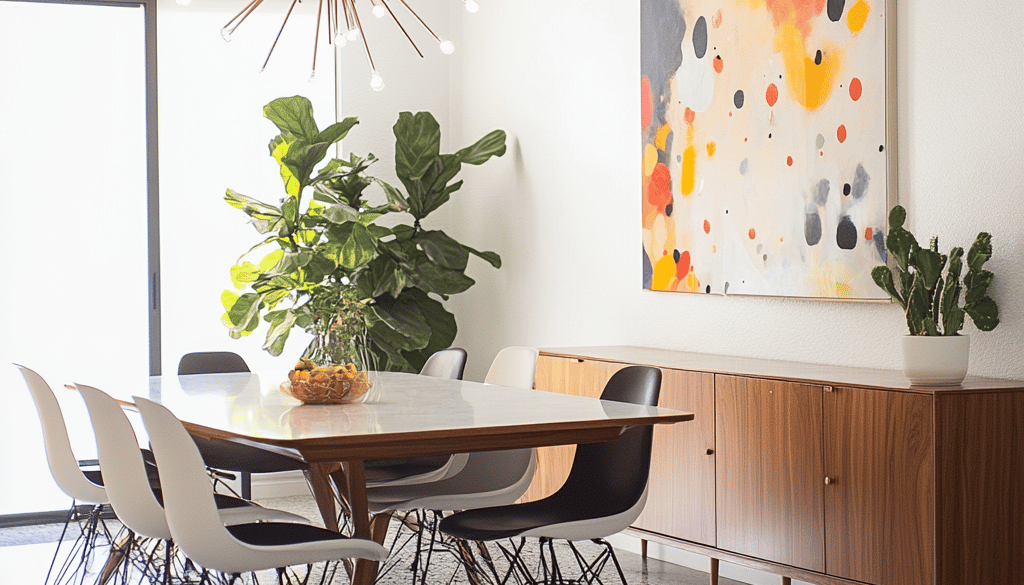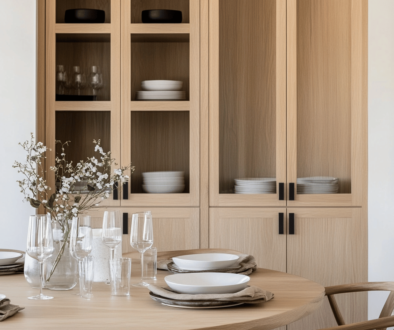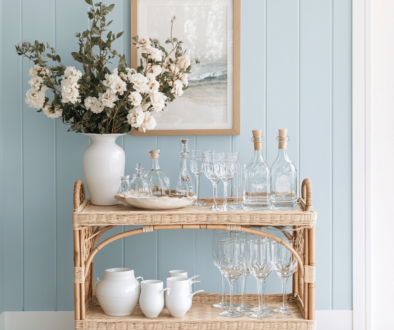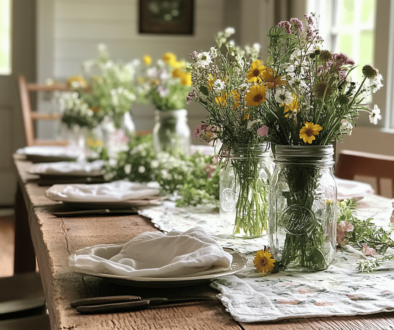Creative and Practical Buffet Ideas for Your Dining Room
I’ve always believed that a well-designed dining room isn’t just about the table and chairs. After years of hosting gatherings and experimenting with different setups, I’ve discovered that a buffet can be the unsung hero of dining room furniture. Today, I want to share everything I’ve learned about choosing and styling the perfect buffet for your space.



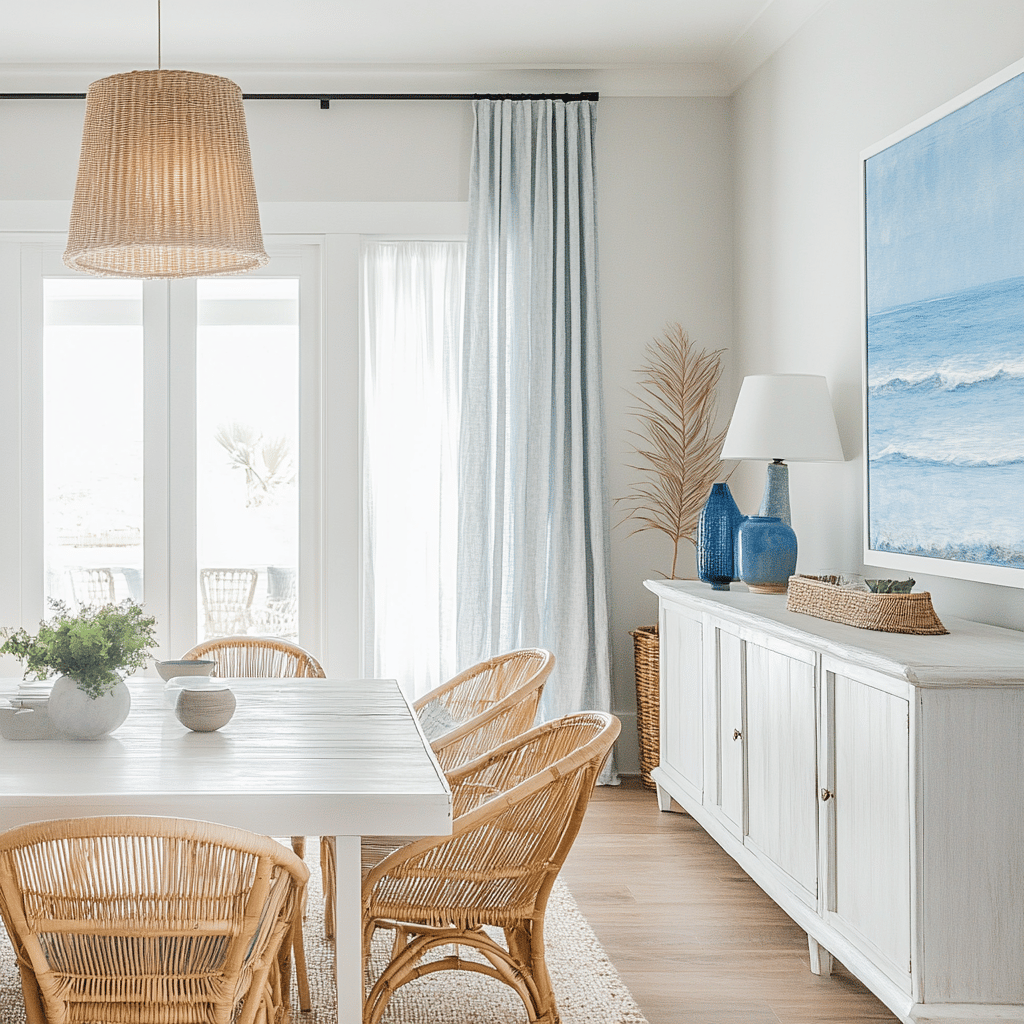
Why Your Dining Room Needs a Buffet
Let me tell you a quick story. Last Thanksgiving, I hosted my largest family gathering ever. Twenty people squeezed around my dining table, and I was so grateful for my buffet. It saved the day by holding all the side dishes and desserts while keeping the main dining table free for comfortable eating and conversation. Since then, I’ve become somewhat of a buffet enthusiast.
A buffet isn’t just extra storage – it’s a game-changer for your dining room’s functionality and style. I’ve found that it serves multiple purposes: storage for dinnerware, a serving station during parties, and a beautiful focal point that enhances the room’s overall design.
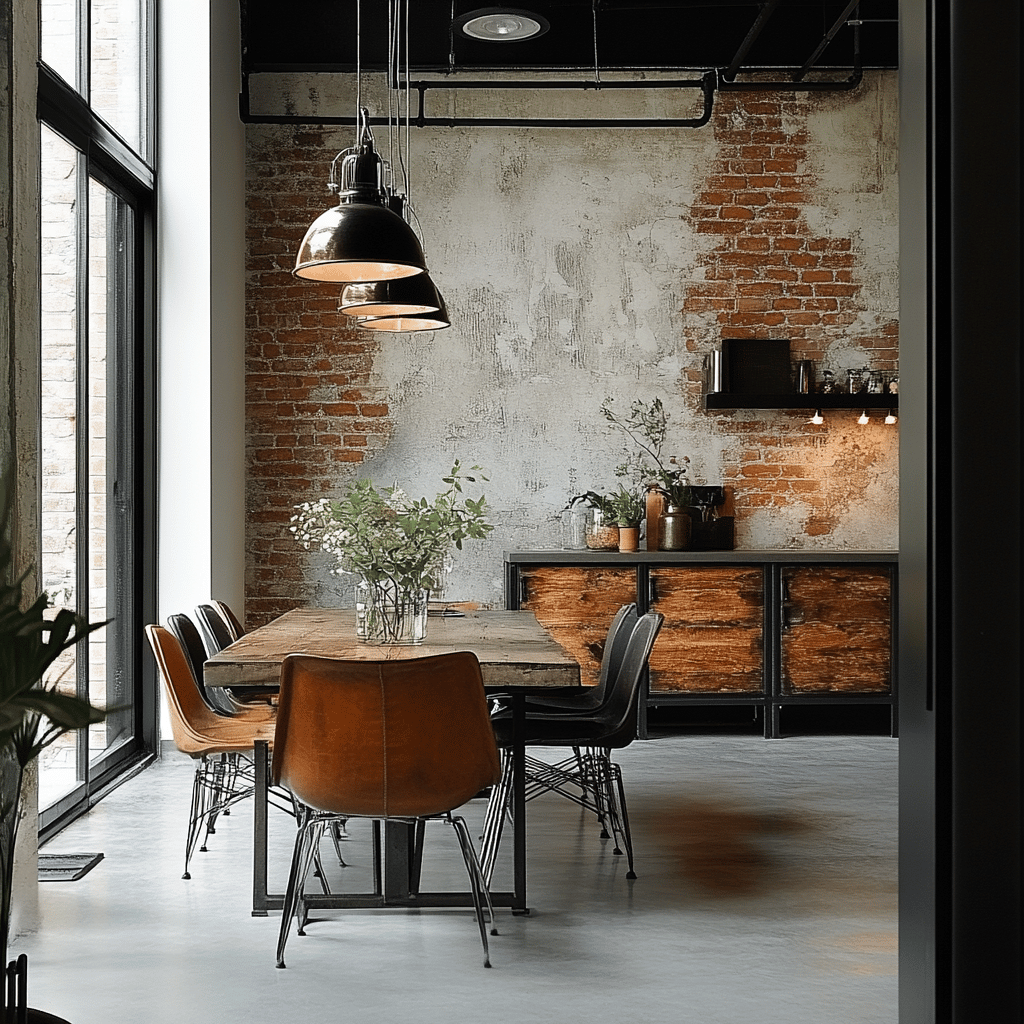
Different Types of Buffets to Consider
Through my experience helping friends decorate their homes and redesigning my own space multiple times, I’ve encountered various buffet styles. Here are the main types I’ve found most practical:
Traditional Sideboards
These are my go-to recommendation for classic dining rooms. Traditional sideboards typically feature plenty of cabinet space and drawers. I love how they combine elegance with functionality. The wooden finishes and ornate hardware add character to any dining space while providing ample storage for your fine china and table linens.
Modern Credenzas
For contemporary spaces, I can’t recommend credenzas enough. Their clean lines and minimalist designs work beautifully in modern homes. I recently helped a friend choose a sleek white credenza with gold hardware, and it transformed her dining room from ordinary to magazine-worthy.
Console Tables with Storage
If you’re working with a smaller space (like I was in my first apartment), consider a console table with storage. They’re narrower than traditional buffets but still offer functionality. I’ve seen some clever designs with hidden drawers and pull-out surfaces that maximize every inch of space.

Smart Storage Solutions
Over the years, I’ve learned that the key to a useful buffet is how you organize it. Here’s what works for me:
The top drawers are perfect for storing flatware, napkins, and smaller serving pieces. I use drawer organizers to keep everything neat and easily accessible. The cabinet spaces work well for larger items like serving platters, wine glasses, and seasonal decorative pieces.
One tip I wish I’d known earlier: install adjustable shelves inside the cabinets. This simple addition has made it so much easier to accommodate items of different sizes.
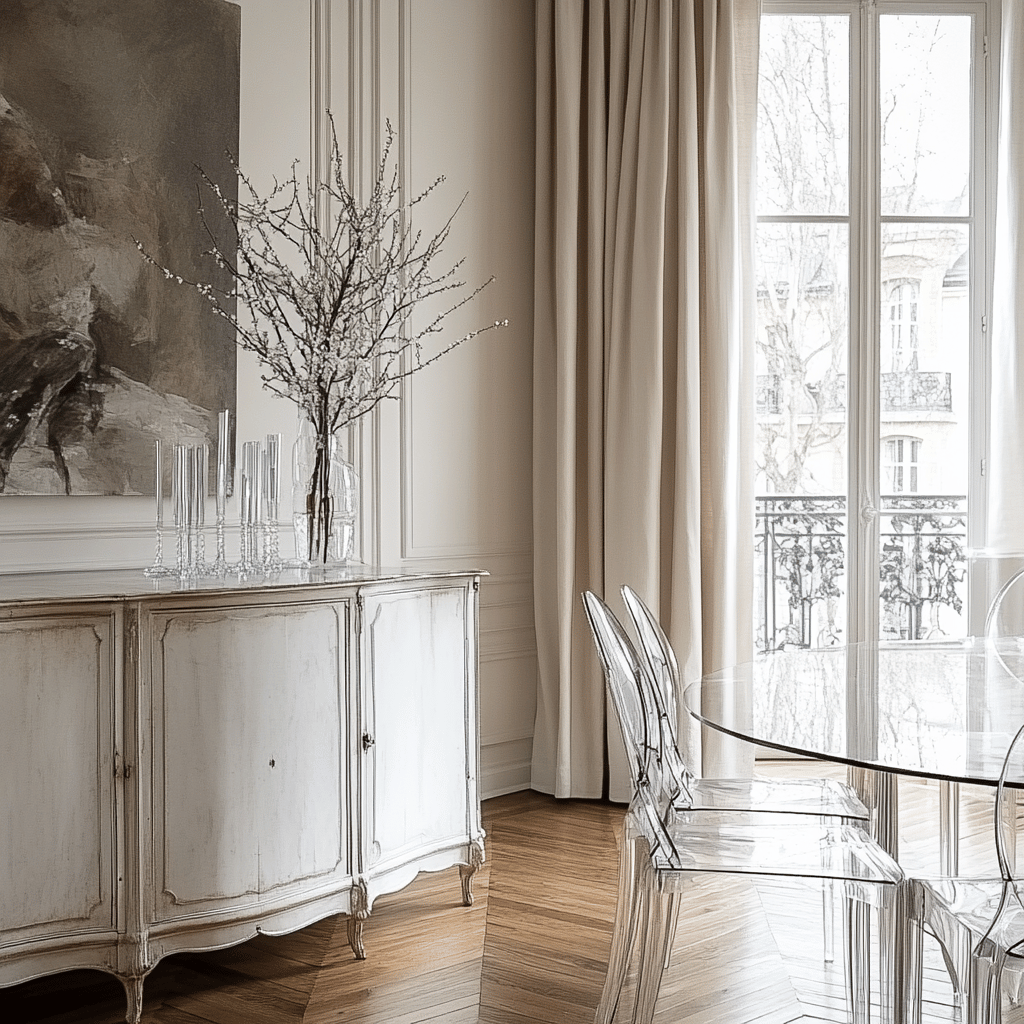
Styling Your Buffet Top
This is where you can really have fun with your dining room’s personality. I change my buffet top styling seasonally, and it’s become one of my favorite ways to refresh the room’s look. Here are some arrangements that have worked well for me:
Everyday Styling
- A pair of table lamps for ambient lighting
- A medium-sized mirror or artwork centered between the lamps
- A few decorative objects of varying heights
- A small tray for corralling smaller items
Party Setup
When hosting, I transform the buffet top into a functional serving station. I’ve learned to create levels using cake stands and risers, which not only looks attractive but also maximizes space for food and drinks.
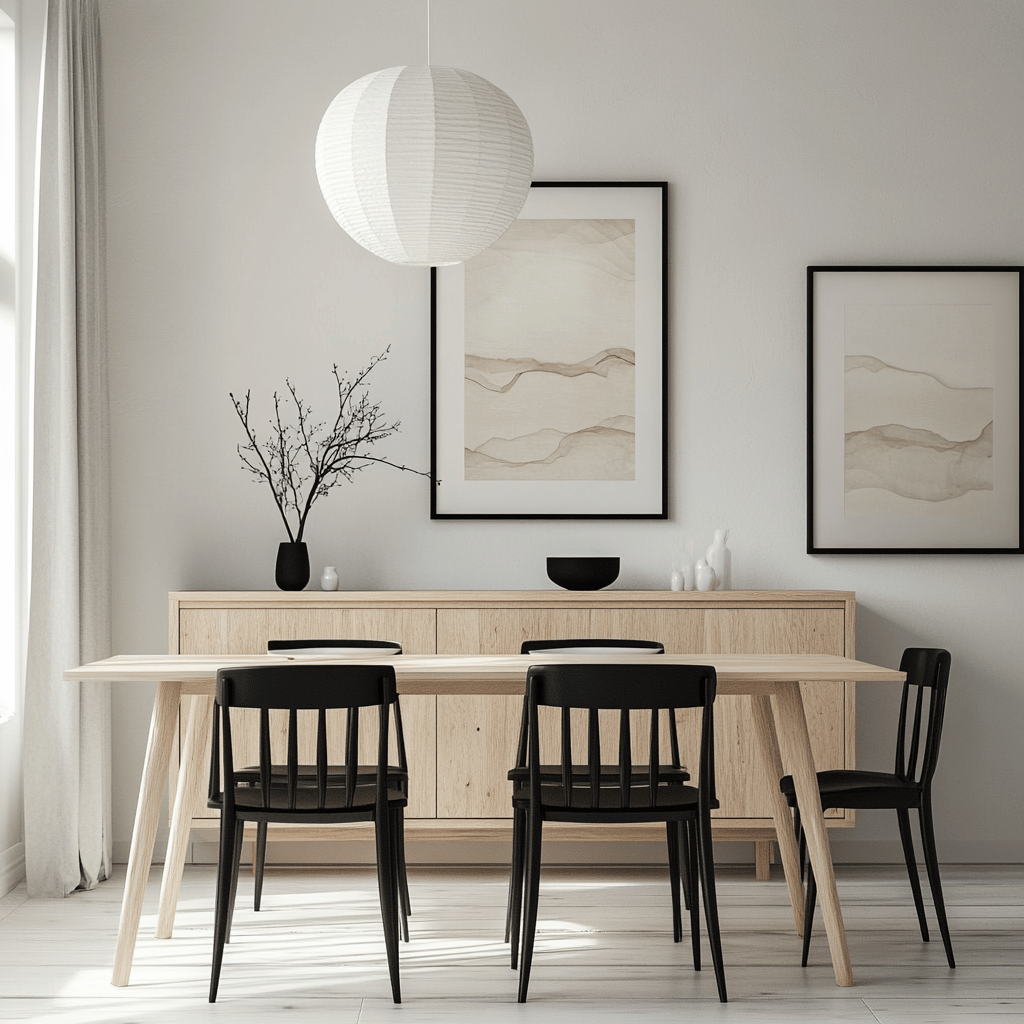
Buffet Placement Tips
The placement of your buffet can make or break your dining room’s flow. Through trial and error, I’ve found these placement strategies work best:
- Against the longest wall parallel to your dining table
- On the wall opposite your dining room windows (this creates a nice balance)
- In larger spaces, consider using two smaller buffets on opposite walls
Just remember to leave enough clearance space – I recommend at least 36 inches between the buffet and dining table for comfortable movement.
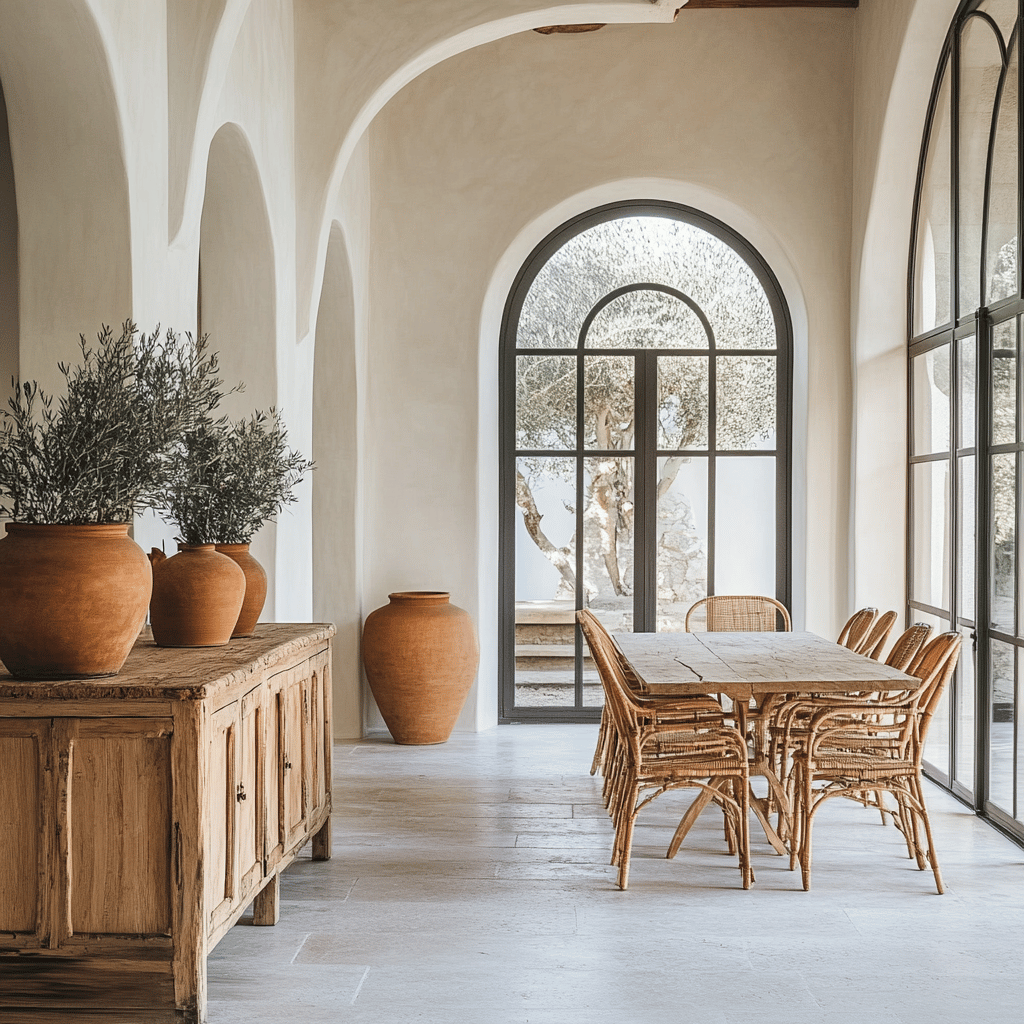
Size and Scale Considerations
One of the biggest mistakes I see (and made myself once) is choosing a buffet that’s not properly scaled to the room and dining table. Here’s what I’ve learned:
- The buffet should be proportional to your dining table length (ideally about 2/3 the length of your table)
- Height should be close to dining table height or slightly taller
- Depth typically ranges from 14-24 inches – consider your room size when deciding
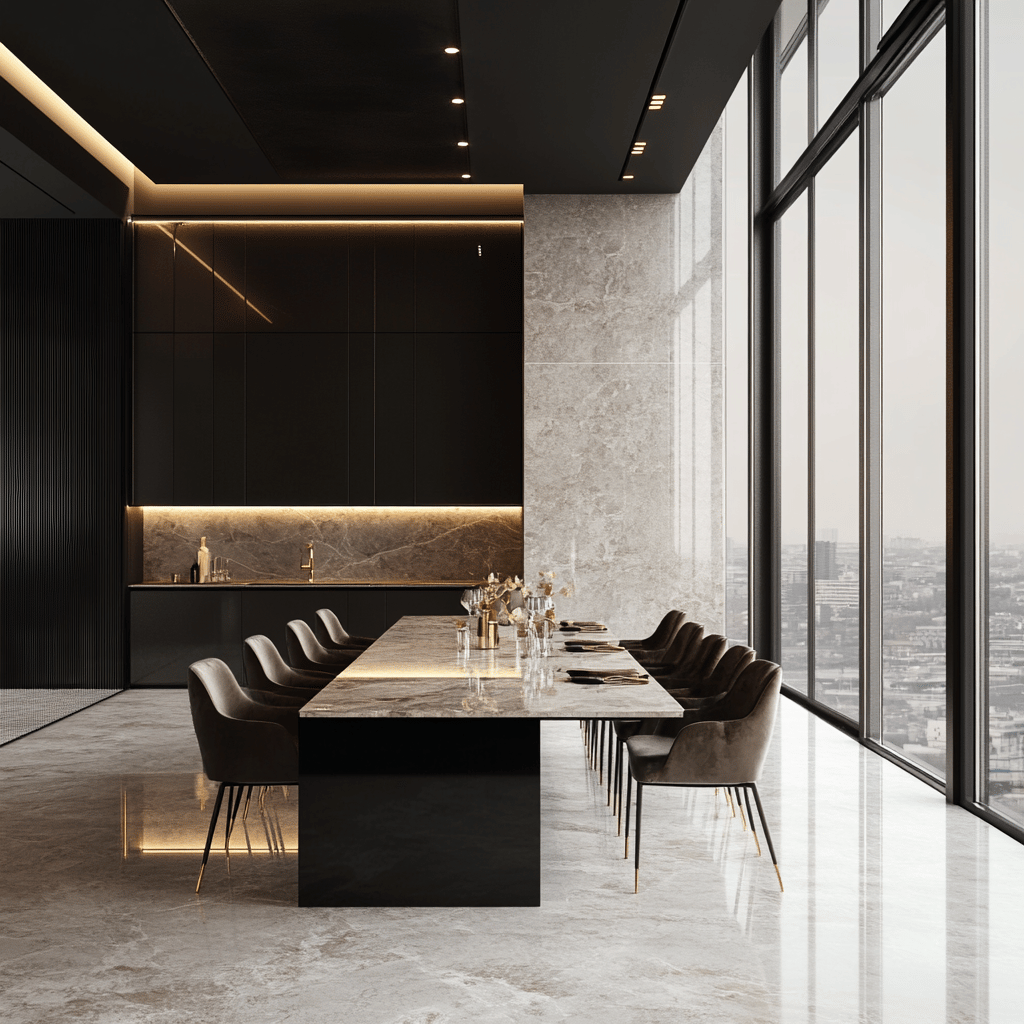
Material Selection and Maintenance
Choosing the right material for your buffet depends on your lifestyle and maintenance preferences. I started with a beautiful but high-maintenance glossy white buffet. While it looked stunning, keeping it pristine with two kids and frequent entertaining was challenging. Now, I opt for more forgiving materials:
Wood
My current favorite. It’s durable, timeless, and hides minor scratches well. Plus, it adds warmth to the dining room.
Mixed Materials
I’m seeing more buffets combining wood with metal, glass, or stone elements. These can add interesting texture while remaining practical.
Painted Finishes
If you go this route, I suggest choosing a quality finish that can withstand cleaning and daily use.
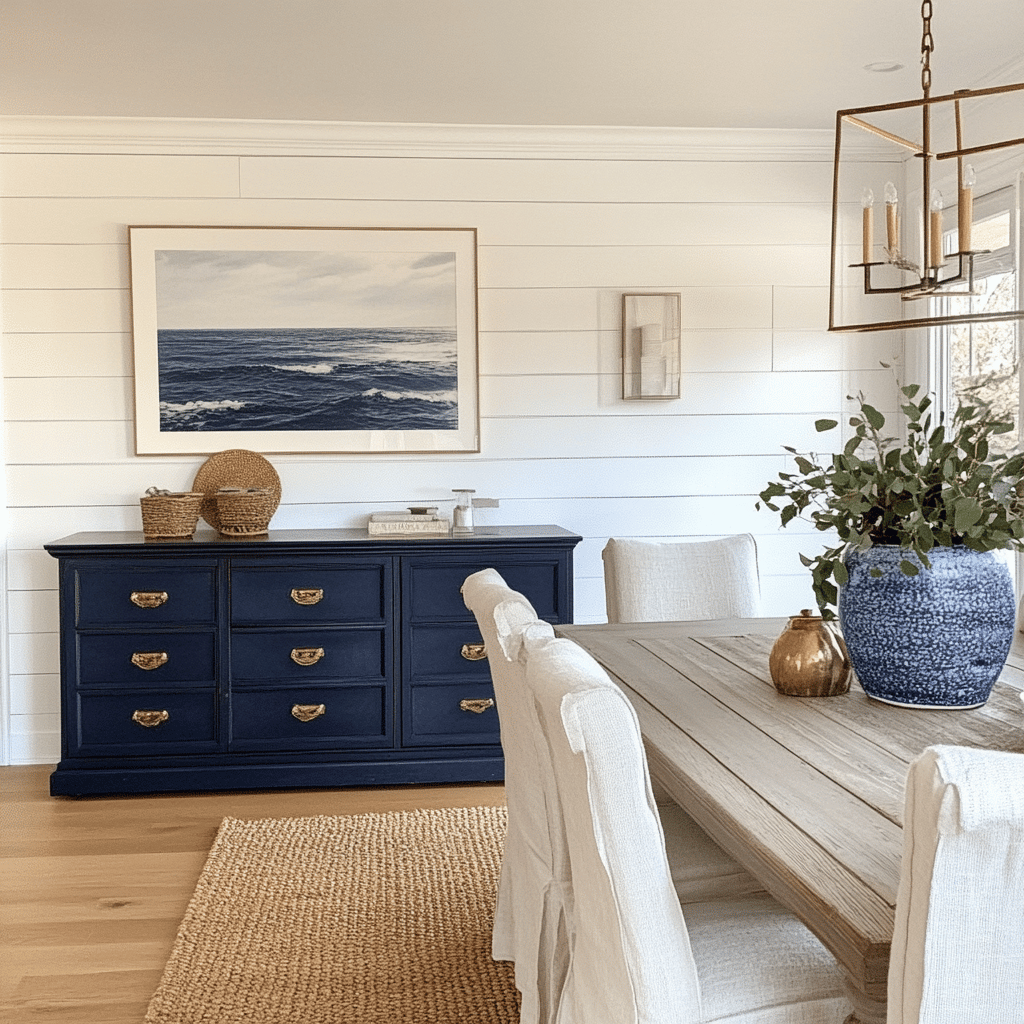
Budget-Friendly Options
You don’t need to break the bank for a beautiful and functional buffet. I’ve discovered several ways to get the look for less:
- Check local antique stores and flea markets
- Consider refinishing a vintage piece
- Look for floor models or seasonal sales
- Explore online marketplaces for second-hand finds
Some of my favorite pieces have been incredible finds from estate sales that just needed a little TLC.
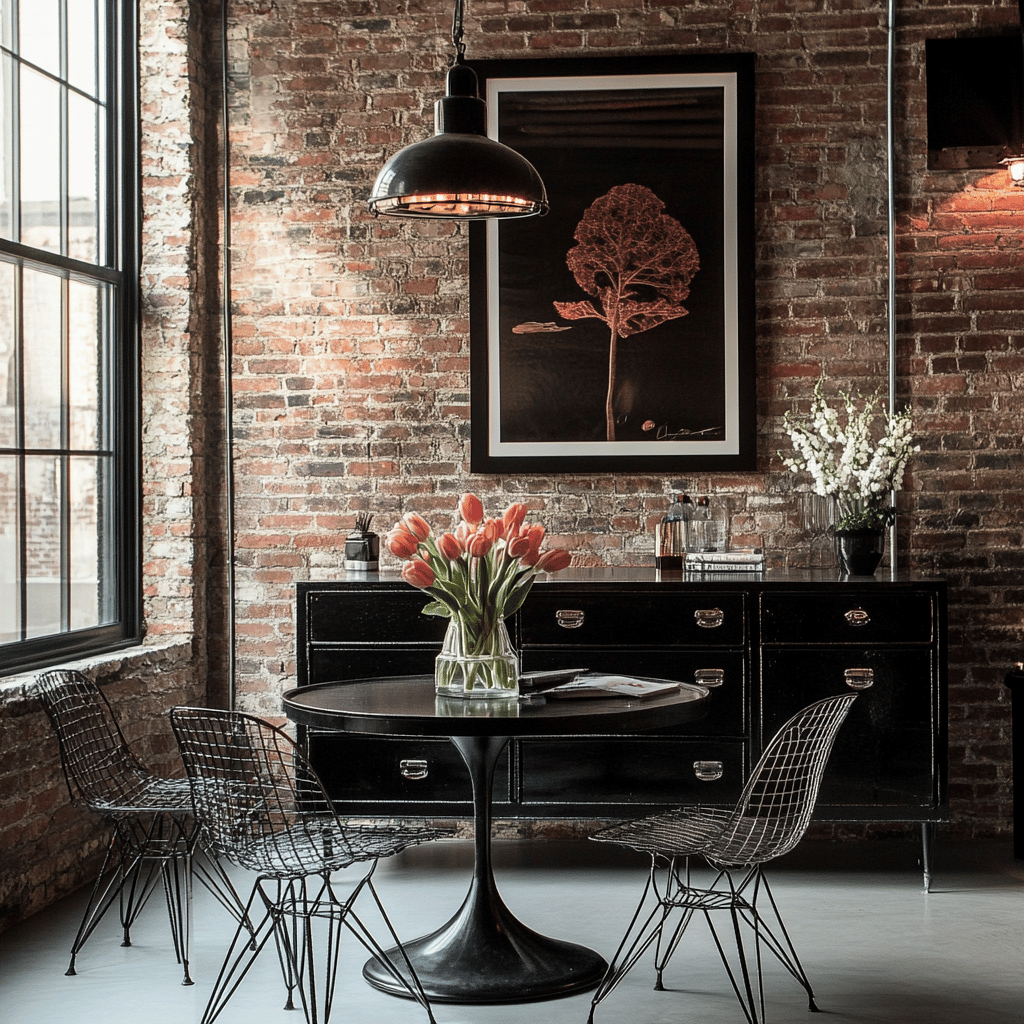
Seasonal Styling Ideas
One of the joys of having a buffet is being able to style it differently throughout the year. Here’s how I approach seasonal decorating:
Spring/Summer
- Fresh flowers in varying heights
- Light, bright accessories
- Natural elements like driftwood or shells
Fall/Winter
- Warmer tones in accessories
- Layered lighting with candles
- Cozy textural elements
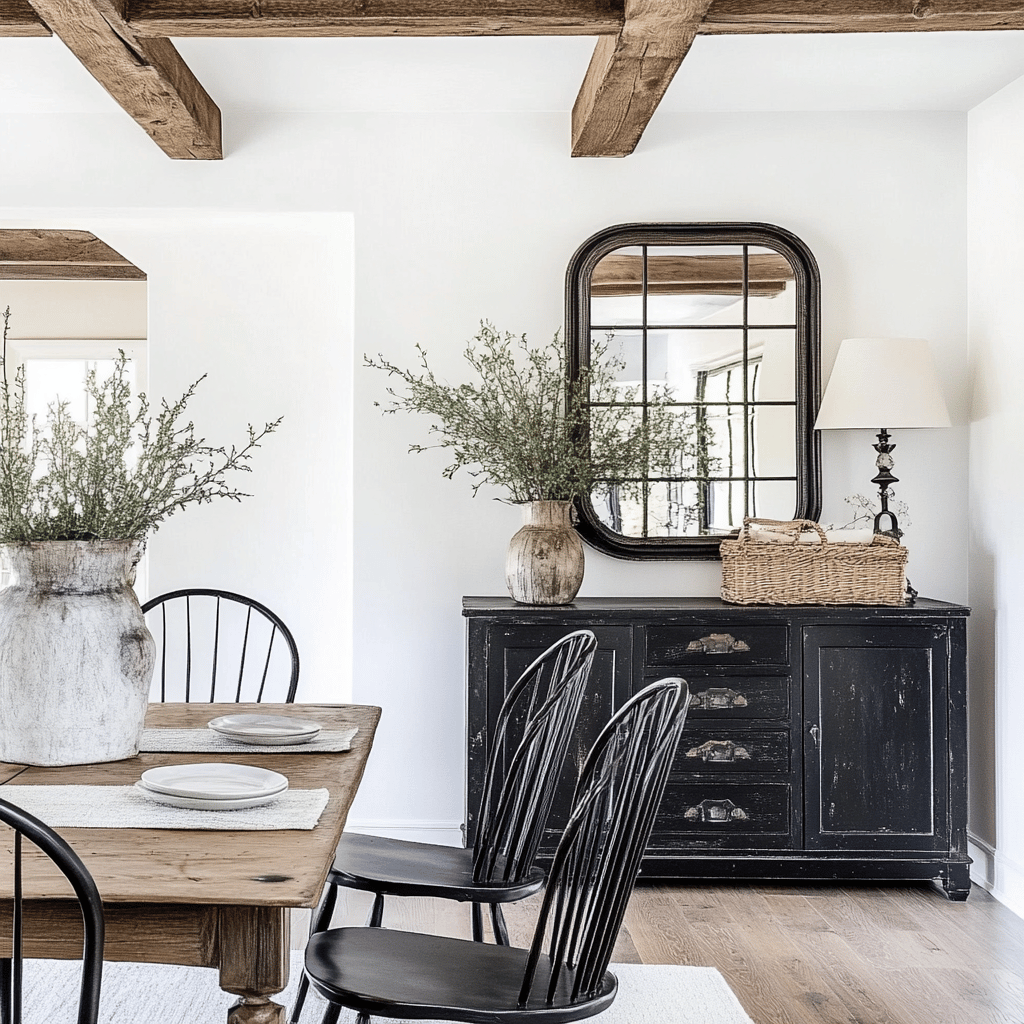
Making Your Buffet Multi-Functional
In today’s homes, versatility is key. I’ve found creative ways to make my buffet work harder:
- Use it as a bar during parties
- Set up a coffee and tea station for brunch
- Create a dessert display for special occasions
- Transform it into a gift-wrapping station during holidays

Final Thoughts
After years of experimenting with different buffet setups in my dining room, I can confidently say that this piece of furniture is essential for both style and function. The key is choosing one that fits your space, lifestyle, and storage needs while reflecting your personal style.
Remember, your buffet doesn’t have to be perfect from day one. Like any aspect of home decorating, it’s okay to evolve and adjust as you learn what works best for your space and needs. Start with the basics and let your buffet’s style grow with you.
Whether you’re just starting to consider adding a buffet to your dining room or looking to upgrade your current setup, I hope these ideas and insights help you create a space that’s both beautiful and practical. After all, the best dining rooms are those that combine style with functionality, making every gathering more enjoyable and memorable.
If you love home decor and interior design as much as I do, check out these other articles I think you might like.
Bedroom Seating: Style and Function
Creating a Cozy Reading Nook in Unused Living Room Corners

